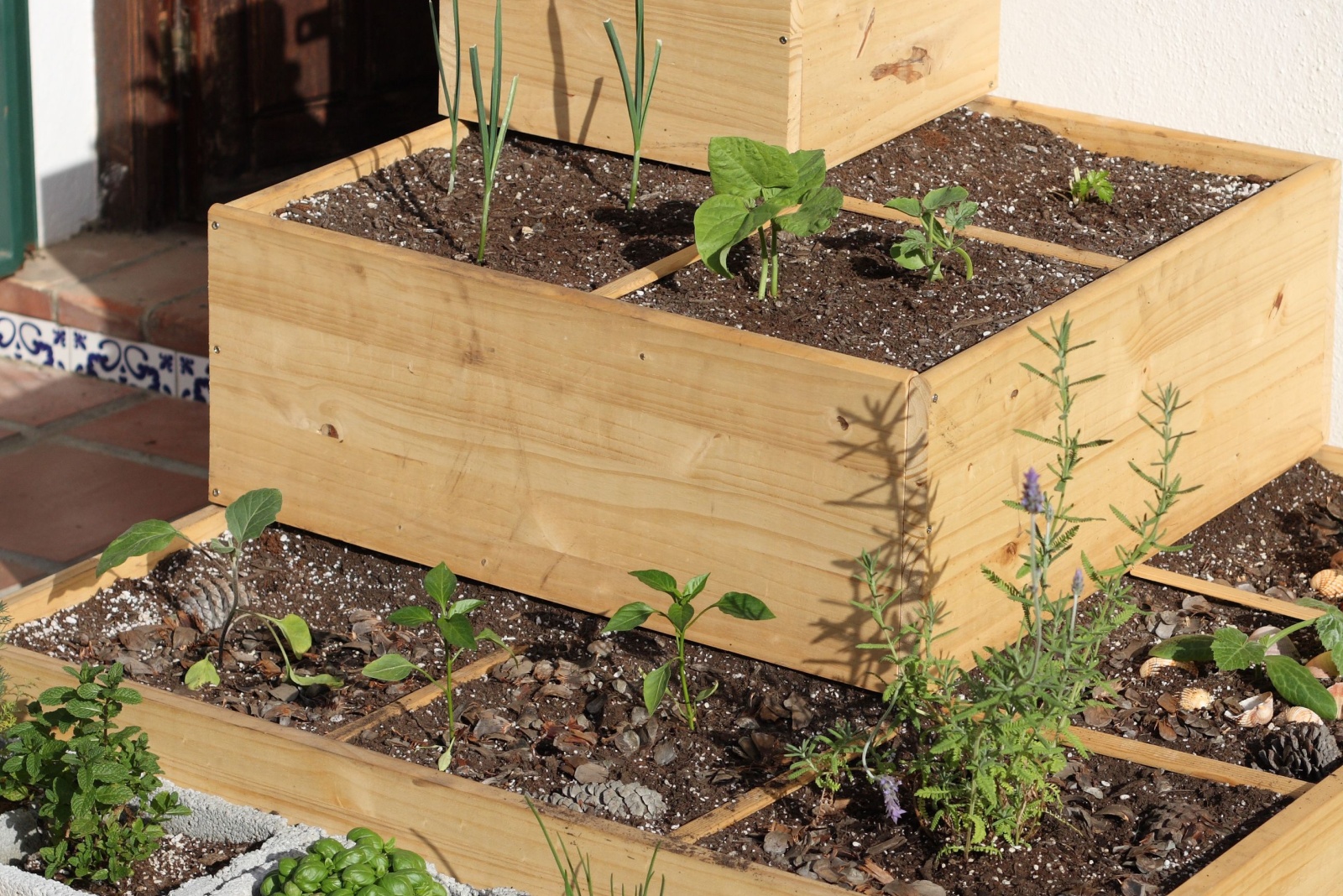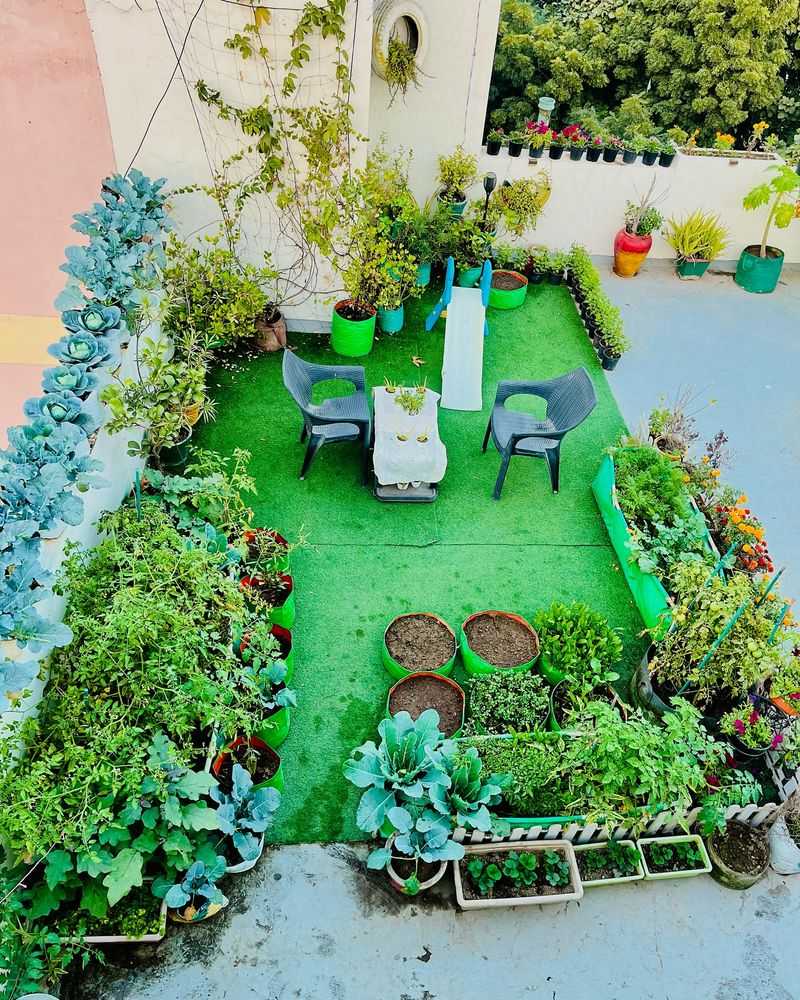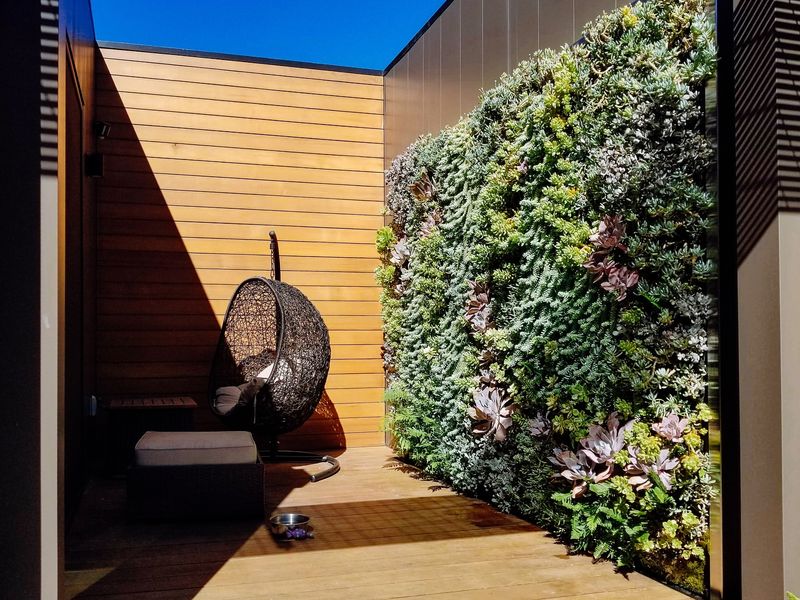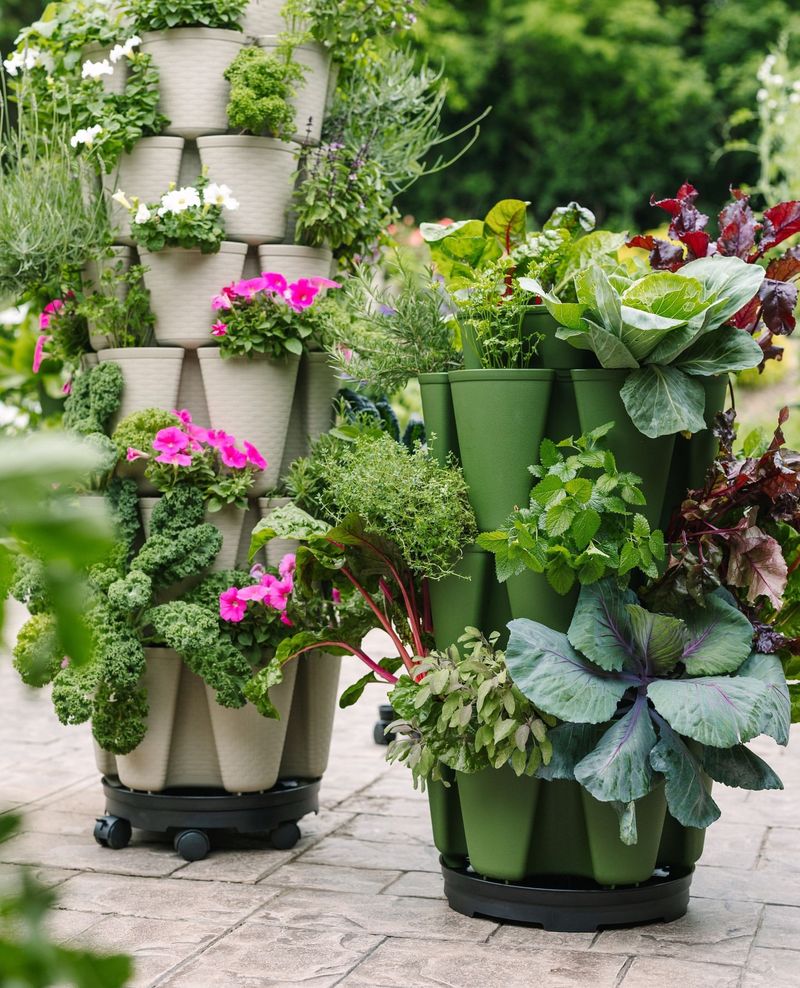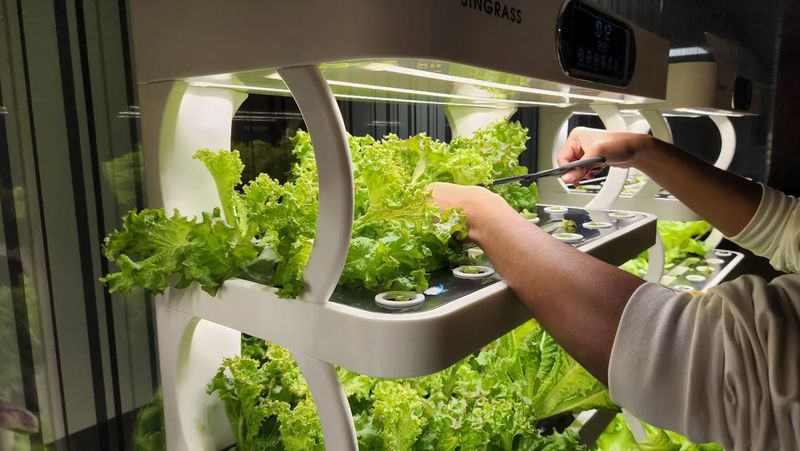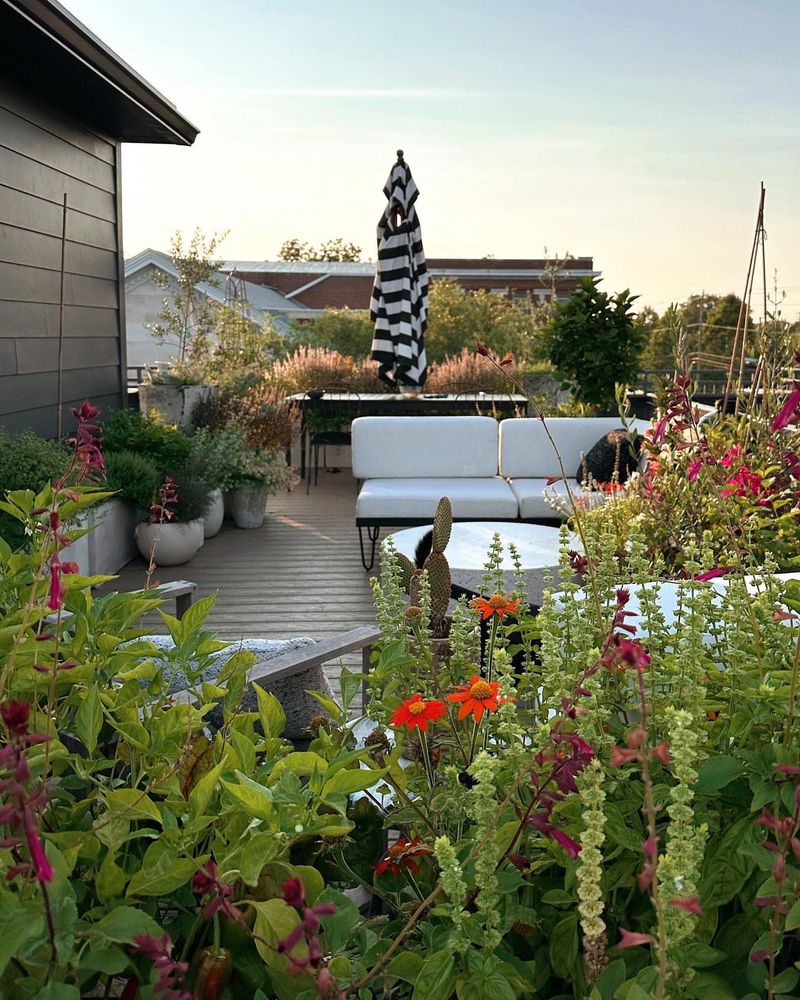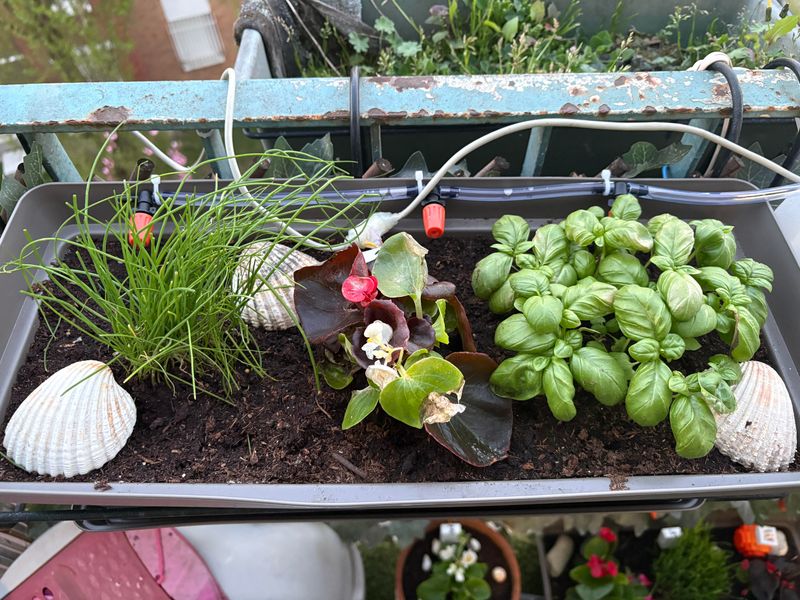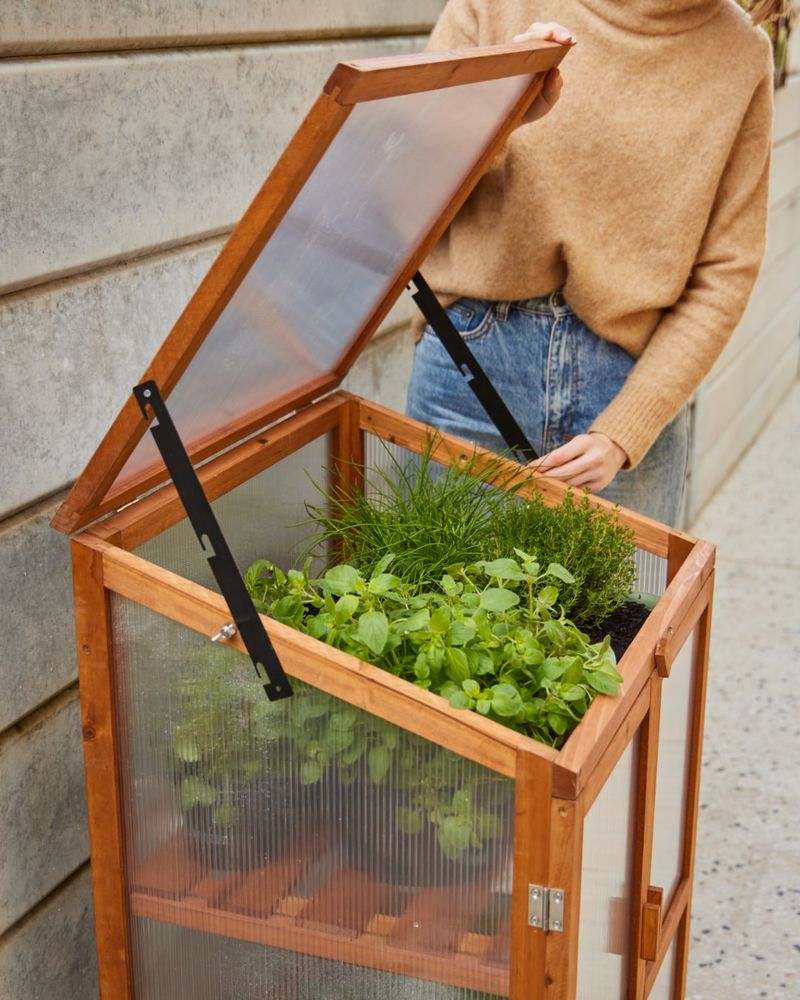Growing your own food in Boston can be tough with our harsh winters and limited space. But don’t worry – with some smart planning, you can harvest fresh veggies all year long, even on a small terrace!
By combining indoor and outdoor growing systems, you’ll save money on groceries while enjoying the satisfaction of eating what you grow.
1. Create A Seasonal Rotation Plan
Start by mapping out what grows best during each Boston season. Cold-hardy plants like kale and carrots can handle fall, while heat-lovers such as tomatoes thrive in summer.
Your indoor space takes over when snow flies. Keep a calendar tracking when to start seeds indoors (February-March) and when it’s safe to move plants outside (usually after May 15).
A good rotation maximizes your harvest and prevents soil depletion. Think of your terrace as having multiple growing zones that shift throughout the year.
2. Build Vertical Growing Walls
Space comes at a premium on Boston terraces. Going vertical multiplies your growing area without expanding your footprint! Attach rain gutters to walls or railings for lettuce and herbs, or hang fabric pocket planters.
Make sure your structure can withstand our famous nor’easters. Secure everything properly and choose materials that resist moisture damage and freezing.
The best part? Vertical gardens create a living privacy screen between you and neighbors while producing food year-round.
3. Invest In Movable Container Gardens
Wheeled platforms transform how you garden! Place containers on dollies or plant caddies to easily roll them indoors when frost threatens or outdoors when sunshine beckons.
Choose square containers over round ones – they fit together better and maximize space. Self-watering versions help during hot summer days when plants get thirsty fast.
For winter transitions, gradually acclimate plants by moving them in and out for short periods before making the permanent move. This prevents shock that could kill your precious food plants.
4. Set Up A Winter Hydroponics Station
January in Boston doesn’t have to mean store-bought produce! A simple hydroponics setup near a bright window or under grow lights keeps leafy greens and herbs producing through snowstorms.
Beginners should try the Kratky method – just jars, nutrient solution, and net cups. No pumps or complicated equipment needed! Lettuce grows from seed to salad in about 30 days this way.
Position your station where temperature stays between 65-75°F. Basements work well, but ensure adequate light (12-16 hours daily) with affordable LED grow lights.
5. Harness Microclimates On Your Terrace
Every Boston terrace has hidden growing advantages! South-facing walls absorb heat all day, creating warm spots where you can grow tomatoes weeks earlier than normal.
Wind patterns matter too. Use taller plants or temporary screens to shield delicate seedlings from harbor breezes. Stone or concrete floors retain warmth overnight, extending your growing season.
Map these warm and cool zones by taking temperature readings at different times. Then match plants to spots – cool-season crops near east-facing areas, heat-lovers against south-facing brick or concrete.
6. Install An Automated Monitoring System
Smart gardening makes year-round growing possible even for busy Bostonians! Affordable soil moisture sensors alert your phone when plants need water, while temperature monitors warn of freeze risks.
Connect everything to smart plugs that activate grow lights and heating mats during cold snaps. The investment pays for itself by preventing crop losses when you’re away or asleep.
For under $100, you can build a basic system using wifi-enabled sensors. More advanced setups might include automated watering that kicks in exactly when needed, saving water and your precious plants.
7. Create Season-Extension Mini Greenhouses
Transform ordinary planters into powerhouse growing machines with DIY mini greenhouses! Bend flexible PVC pipes over containers and cover with clear plastic to create instant cloches that trap heat.
During March and November, these simple structures raise temperatures by 10-15 degrees – enough to keep growing when others have quit for the season. Remove covers on warm days to prevent overheating.
For winter, add holiday string lights inside your mini greenhouse. They provide just enough warmth to keep greens alive during cold nights, while looking festive from the street!

